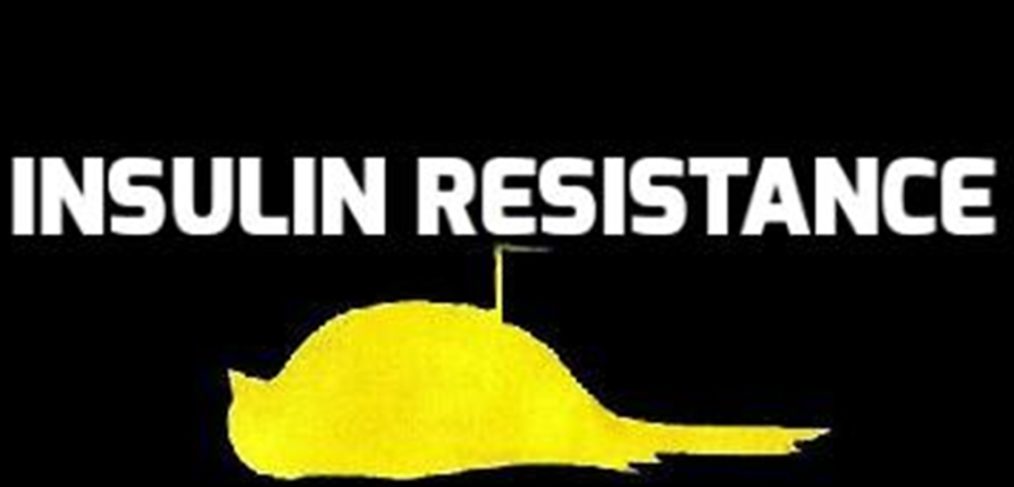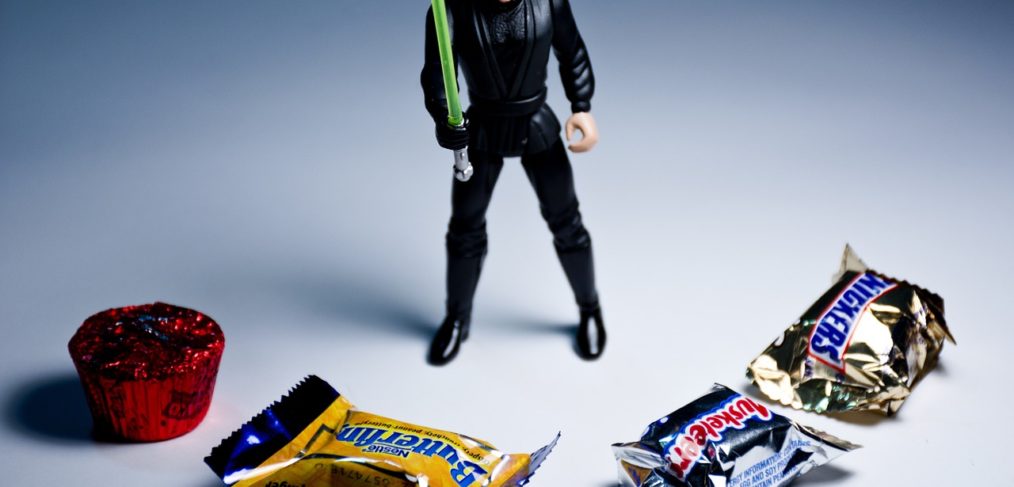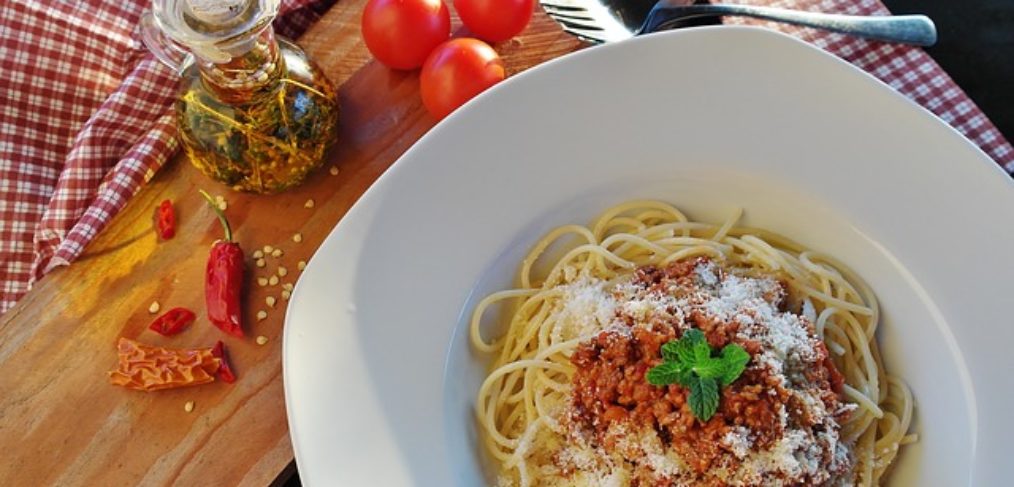What has nutritional therapy got to do with hayfever? A lot, actually. Here’s just one piece: the more histamine is released in response to an allergen, the more cortisol it takes to control the inflammation that histamine initiates. And cortisol raises blood sugars!
So if you have a lot of food and environmental triggers setting off allergic reactions, your blood sugars may be unstable. Imbalanced blood sugars contribute to cravings and fatigue.
While it is part of my work to find and eliminate food triggers, this can be frustrating if you are sensitive to a lot of allergens. You might feel very restricted and wonder what there is left to survive on after you take away all the foods that are causing a histamine response.
NAET treatments are a non-dietary approach to allergy treatment. The acronym stand for Namudripad’s Allergy Elimination Technique, and was developed by Dr. Devi S. Nambudripad, a nurse, chiropractor, acupuncturist, and doctor, who overcame her own debilitating struggle with allergies after combining chiropractic and acupuncture principles to reprogram her body’s response to the allergen.
Although there are 14.000 trained practitioners who use NAET treatments globally, the technique is relatively unknown here locally in Southeast Idaho. Lucky for us that Dr. Wade Davis practices this therapy regularly. It takes less than 15 minutes to clear an allergen, and most treatments remain in effect for life.
While most of us connect allergies to runny nose, sneezing, watery eyes, hives, and itching, here are some other sneaky signs that might indicate that you have a hidden food sensitivity:
- frequent headaches, or migraines
- skin conditions: acne, rosacea, eczema, or other rashes
- dark circles under your eyes
- chronic joint pain
- digestive issues: frequent stomach aches, gas, bloat, constipation, or diarrhea
- intense food cravings, especially if you feel there are certain foods you could NOT live without!
- chronic exhaustion, even if you are sleeping well
- seasonal allergies that last all year long
Finding what you are reacting to can be done in conjunction with NAET treatments, or through testing available in my office.













